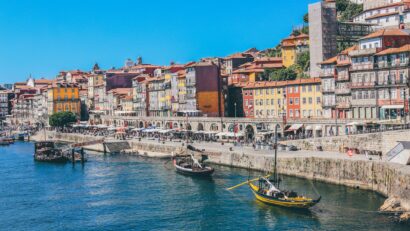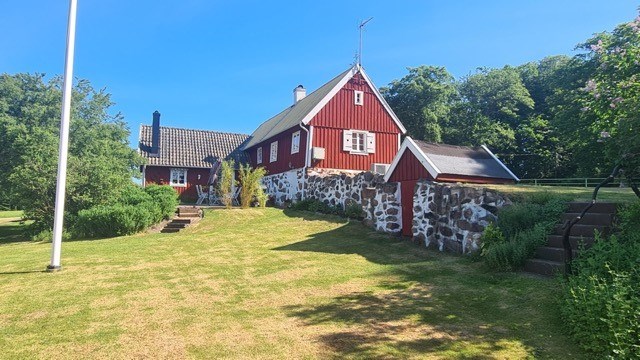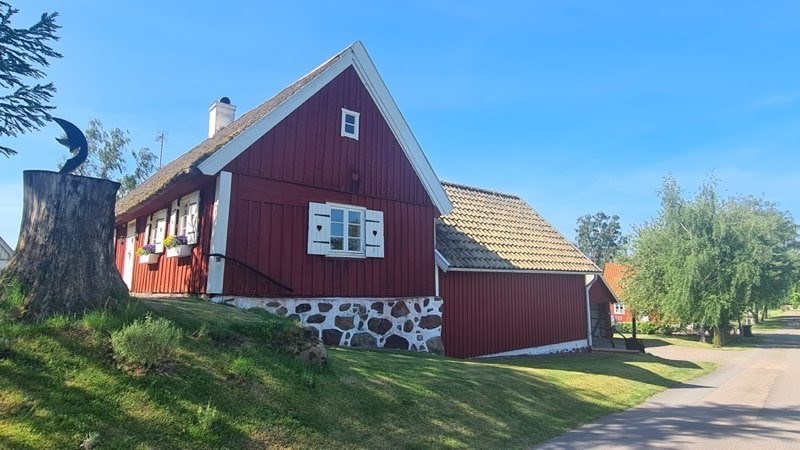
Fighting housing shortage: Airbnb & Co should share more data with authorities to prevent fraud
The business of platforms like Airbnb and Booking is booming: more and more private apartments are being rented out online. While this is good for tourists and hosts, it also leads to significant problems in many cities: fraud, housing shortages and rising rents can be the consequences. So far, there is no uniform system for data collection in the EU, which makes it difficult to control and prevent fraud and its negative effects. This is now set to change. Airbnb welcomes the EU’s breach.
Paris, Porto and Vienna: Europe’s major cities are popular travel destinations. Accordingly, many people vacation there. Around a quarter of all overnight stays are now booked via the major online platforms (Airbnb, Booking, Expedia and TripAdvisor). This is because the accommodations offered there are usually cheaper than hotels. This mainly benefits the hosts, platforms and travelers.
At the same time, it causes immense problems for the cities concerned: lack of tourism taxes, housing shortages and rising rents are the result. This is mainly due to the fact that there is no reliable data on overnight stays. The EU now wants to change that.
[embedded content]
Platforms like Airbnb and booking.com to share data with authorities in future
If the EU Commission has its way, platforms such as Airbnb & Co. should share data with local authorities in the future. Specifically, the following information is to be made available:
Who is the host?
Where is the accommodation?
How long is the accommodation rented out?
Private individuals who rent out accommodation are to be given a registration number, which is then also publicly available for all to see. This is not only to protect guests, but also to prevent fraud. Unregistered accommodations often lead to the evasion of taxes and tourism levies. The cities then miss out on these taxes when it comes to maintaining and expanding the necessary infrastructure (public transportation, waste disposal, etc.).
Furthermore, the reporting obligation should contribute to fair competition with other providers such as hotels and youth hostels. In addition, the shared data makes it easier for authorities to manage the crowds in tourism hotspots.
Many cities, many different regulations: Airbnb welcomes EU breach
So far, there is no uniform regulation for the collection of data within the EU. That’s why more and more cities and municipalities are introducing their own. This complicates the business model of the platforms and the further development of the tourism industry.
In an official statement, Airbnb welcomes the EU’s legislative proposal. This makes it easier to expand cooperation with governments and allows private individuals to rent out their homes without violating applicable rules.
Basically, cities benefit from tourism. Vacationers tend to consume more: they eat out more often, buy souvenirs, and go to the theater or other cultural events. In short, they spend money and that is good for the economy. And, of course, it’s good extra income for anyone who has a vacant apartment or room to rent out. Nevertheless, renting out private apartments in particular can lead to major social problems.
Andreas Schieder, head of the SPÖ-Delegation in the EU-Parliament, wants the new regulation to protect social housing in particular:
“Short-term accommodation such as Airbnb is now an integral part of the tourism sector. Over the past few years, we have seen an enormous increase and therefore also observe new challenges. Particularly important to me is also the protection of municipal and social housing against misappropriation”.
Rising rents, increasingly expensive restaurants and congested infrastructure
On a random night in 2019, about 1.4 million tourist stayed in a short-term rental apartment. So demand is high. The lack of data and the resulting difficulty in regulation can lead to profound problem in the worst case. Among them, the following:
Rising rents and less housing: it is often more profitable for landlords:inside to offer apartments as short-term accommodation. They earn more money that way. However, this reduces the supply of housing for the people who live there.
Overloaded infrastructure: The large number of tourists overloads public transportation and strains waste disposal, since neither is designed for large numbers.
Changed cityscape: There are entire streets or blocks of houses that consist only of Airbnb apartments.
Burdens for residents: The constantly changing residents can become a burden for neighbours. For example, through noise or the additional garbage that is created.
EU directive comes into force in 2025 at the earliest
Before the regulation on data collection and exchange comes into force, the EU Commission, the EU Parliament and the individual member states must first agree on a compromise. This so-called “trilogue” is to take place this year. After that, the EU member states will have two years – until 2025 at the latest – to implement the new regulations. Läs mer…






